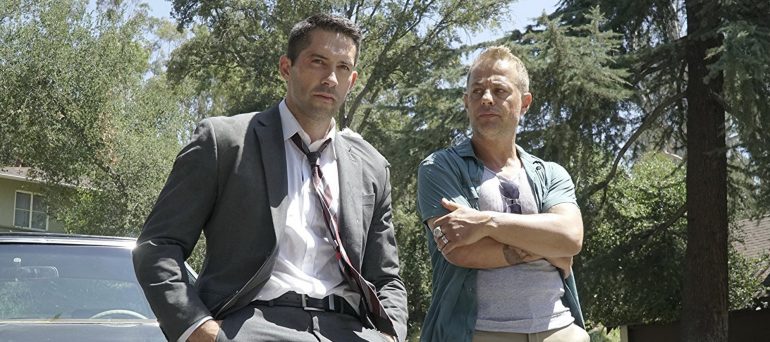Debt has a way of sneaking up on people. One month you’re making minimum payments comfortably, and the next you’re overwhelmed by interest charges, collection calls, and late fees. If you’re struggling to keep up, you’re not alone, and the good news is there are practical and legal strategies to help you regain control. The key is to take action rather than ignore the problem, since debt only grows heavier the longer it’s left unaddressed.
Below are some of the best ways to start your journey toward debt relief.
Assess Your Financial Situation Honestly
The first step toward any solution is a clear picture of where you stand. Sit down and list all your debts, including debts related to credit cards, medical bills, personal loans, or anything else you owe. Include interest rates, minimum monthly payments, and outstanding balances.
Once you have everything in front of you, compare it to your income and essential expenses. This will help you see whether you need to make minor adjustments or pursue more structured relief strategies. Many people find that simply organizing their finances makes the problem feel less overwhelming.
Cut Back Where You Can
While it may sound obvious, reducing unnecessary spending can free up money to put toward your debts. Cancel unused subscriptions, limit dining out, and shop more strategically. Even small savings like negotiating your internet bill or switching to a cheaper insurance plan can add up to extra funds for repayment. At this stage, discipline is crucial; remind yourself that these sacrifices are temporary and designed to get you back on solid financial ground.
Debt Consolidation
For people juggling multiple high-interest debts, consolidation can make repayment simpler and more affordable. Debt consolidation involves combining several debts into a single loan or credit account with a lower interest rate; this means you’ll make just one payment each month instead of several. That said, it’s important to consider whether you’ll qualify for favorable terms, since these tools work best if you can secure a significantly lower interest rate.
Debt Management Plans
Another option is enrolling in a debt management plan (DMP) through a credit counseling agency. With a DMP, the agency negotiates with creditors to potentially lower interest rates and waive certain fees. You then make one monthly payment to the counseling agency, which distributes funds to your creditors.
DMPs are especially helpful for people who need structure and accountability, since you’re committing to a clear repayment plan that usually lasts three to five years. The downside is that you’ll need to close most credit accounts, which could temporarily affect your credit score.
Debt Settlement
Debt settlement involves negotiating directly with creditors to pay a portion of what you owe as a lump sum in exchange for having the rest forgiven. While this can drastically reduce total debt, it does carry risks. Settlement often damages your credit score, and some creditors may refuse to negotiate. If you consider settlement, it’s best to work with a reputable settlement company or attorney to avoid scams and ensure the agreement is documented properly.
Bankruptcy
When other methods fail or simply aren’t enough, bankruptcy may provide the relief you need. Although it carries some long-term consequences for your credit, bankruptcy can stop collection actions, eliminate certain debts, and give you a chance to reset your finances.
There are two main types of consumer bankruptcy:
- Chapter 7. Often called “liquidation bankruptcy,” this type wipes out most unsecured debts, like credit card balances and medical bills. Some assets may be sold to repay creditors, though many essentials are protected by exemptions.
- Chapter 13. Known as “reorganization bankruptcy,” this allows you to create a court-approved repayment plan, usually lasting three to five years. You’ll pay back some or all of your debts over time while keeping most of your property.
Filing for bankruptcy immediately triggers what’s known as an automatic stay, which stops foreclosure proceedings, wage garnishments, and debt collection calls. Although it isn’t a decision to take lightly, bankruptcy can be a powerful tool for people buried under insurmountable debt.
Because of its complexity and long-term implications, it’s critical to consult with a bankruptcy attorney before making a decision. They can explain eligibility requirements, guide you through the filing process, and help you weigh whether bankruptcy is the right option for your situation.
Conclusion
Getting out of debt isn’t easy, but it is possible. The best strategies often combine practical changes, like trimming your budget and consolidating loans, with structured solutions such as debt management plans or, in some cases, bankruptcy. What matters most is taking action as early as possible. The longer your debt lingers, the harder it’s going to be to overcome. By facing the problem head-on, exploring your options, and seeking professional help when necessary, you can take meaningful steps toward financial freedom and a brighter future.






